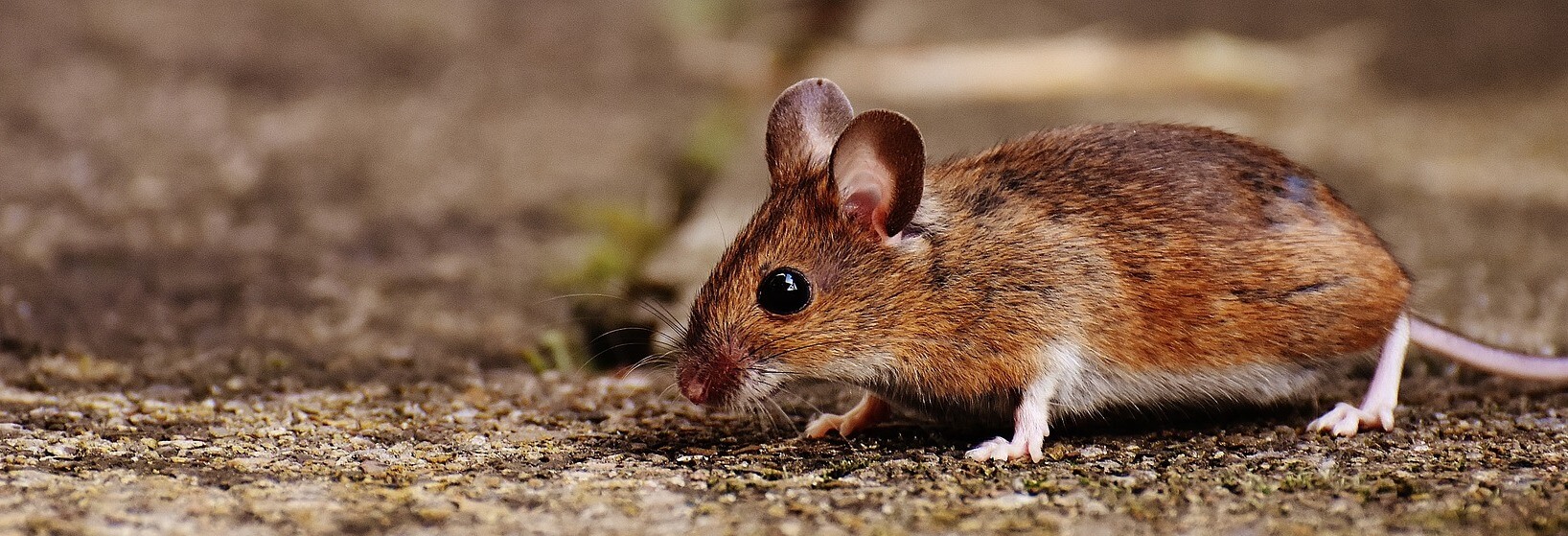Findings of an international team of 27 scientists implicate that we are on the threshold of a new era of color science that could have far-reaching impacts on the security industry, medicine, clothing design, military and understanding of animal and human behavior.
Improvements in spectrophotometry and digital imaging are allowing researchers to understand how colouration works at the nanoscale and the mechanisms behind colour perception.
Lead author Innes Cuthill of the University of Bristol said mantis shrimp have four times as many colour receptors as humans do. While we are limited to red, green and blue receptors, and some very lucky people have four receptors, mantis shrimp have 12.
“They analyze light like a machine called a spectrometer, which a physicist would use to measure how much light there is in a set of wavebands” he said. “We, and most other animals, instead transform the relative amounts of light in different wavebands into a single continuous percept: the sensation we call color.”
However, what we think of as “white” could be something completely different to other animals. “Objects that all look white to us may look different to a bird depending on how much ultraviolet light there is,” Cuthill said. “If there’s as much UV as blue, green, and red, that would be ‘bird white.’ If there was no UV, then that would be a saturated primary color to a bird, one we cannot imagine.”
In a study published in Science researchers highlight that we often take colour for granted when it actually plays a huge role in animals’ world. They use colour as a tool for deciding on a mate, avoiding predators, preventing parasites or recognition.
A recent study revealed that the Polistes fuscatus wasps have unique facial patterns and can recognize and remember another wasp’s face. In another wasp species, Polistes dominula, facial patterns signal how well an individual can fight. Females with larger or a greater number of irregular black marks on their faces tended to win fights with their rivals.
Color patterns largely remain a mystery but the review brings new order to the idea that coloration patterns can serve multiple functions at once. “A single-color patch may signal one thing to a mate, another to a rival, or be seen by a member of your own species, but not by a predator because of their different visual systems,” said senior author Tim Caro of the University of California.
There is something captivating in “unusual” colours. “Some animals use fluorescence or ‘enhanced’ colour,” says one of the researchers Justin Marshall, from the University of Queensland. “We humans have reinvented this – and we use fluorescence in everyday objects, such as highlighter pens, or in washing power to achieve that ‘whiter-than-white’ look.” Even some rare glow-in-the-dark mushrooms use color to their advantage. With natural process bioluminescence, they attract insects in low-light environments.
The pigment is not the only way to gain beautiful colors. Hummingbird and peacock feathers have tiny structures that are fine enough to produce colour through the warping of the light. Understanding how colour works at a structural level will lead to new applications.
In the future, certain patterns on clothing could help to deter particular insects from bothering us, color research might improve human nutrition and we´ll be able to change the color of our cars in seconds. The World is going to become a lot more colourful place in the next few years.
Watch how animals change colour and what can we learn from them:
Learn more about colour and whether it actually exists in the video below:
By Andreja Gregorič, MSc









